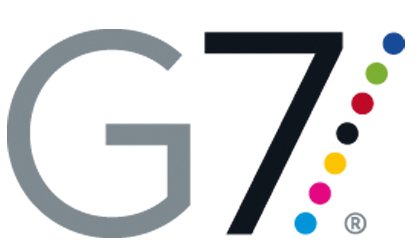A leading consumer brand utilizes standards-based color management to deliver reliably high-impact printed packaging.
International beverage company Diageo owns the top two spirits brands in the world (Johnnie Walker and Smirnoff) as well as 20 of the top 100 spirits brands and a host of regional and specialty brands. Because a significant portion of each brand’s quality and appeal is communicated via its printed packaging and labels, the quality and consistency of that printing is critical—especially when it comes to color.
Diageo’s Senior Graphic Services Manager, Barry Sanel, has been working with packaging for Consumer Product Companies (CPCs) since 2000. For the past six years, he has been in charge of packaging commercialization for North America—from the hand-off of original design work through the execution of the fi rst print run. Working with print supply chain partners and internal graphics teams, Sanel is focused on color and print technologies, and on standards. “The brand teams are not technical, but they do have specific colors in mind when they hand off the artwork,” he said. “It’s our job to manage their expectations for those colors when printed on different substrates. We take spectral readings of colors supplied by the designers, and determine whether they fi t in Diageo’s ‘color DNA.’ If they do, then it’s our job to make sure these colors are reproduced faithfully by all our print suppliers.”
The importance of a standardized approach cannot be underestimated. “Everything we do at Diageo is about open format and ISO standards,” Sanel declared, adding that process color consistency on multiple substrates is critical to their brands’ success. “As a premium brand in the CPC world, we have some of the most complex packaging in the world. We print on cartons, aluminium closures, cans, glass, pressure-sensitive labels, and foils—often combining several elements in a single shipper. The colors have to harmonize. It’s critical to have a process that a supply chain can align to when it comes to shared color appearance.”
Sanel’s group incorporates G7 methodology as a key component of Diageo’s ISO-conforming process for primary and secondary packaging as well as uncoated work. All print supply chain partners are required to follow G7 calibration requirements. “The upside is that, with a clear definition of make ready procedures, communication about color can now be more effective,” he said. It’s simple, clear, and no longer subjective.” With the common framework provided by this approach, make ready has been cut in half. More importantly, adherence to this color approach has become the basis for selecting—or retaining—Diageo’s print supply chain partners.
Diageo’s printers are not only required to be trained in G7 process, their output is also monitored for consistent gray balance and tonality. While his work relates primarily to packaging, Sanel is confident the G7 approach will produce comparable color results for a brand’s nonpackaging applications involving offset litho and digital print. Even as packaging moves towards high-volume digital—with sixcolor process replacing custom spot color use—the outlook is good. “Because we’ve laid the groundwork, and required our suppliers to own the G7 calibration process, I’m confident we can adapt to new ways of printing,” he said.
To Sanel, a clear benefit of his suppliers all using G7 calibration is that they all have common definitions—making proof of quality an objective standard, not a subjective one. “If there’s a problem in the fi eld, I can provide specific measurements and instructions, and they can follow the clear steps to fi x it,” he said. For the brand owners, the benefit is print consistency. “Our packaging is already challenging enough. With a standardized approach, we can keep the quality of color high, run over run.”
For G7 calibration, training and standardization, contact certified G7 Experts now available in several parts of India and the Middle East through Idealliance India at www.ippstart.org or email editor@ippgroup.in; g7expert@ippgroup.in










